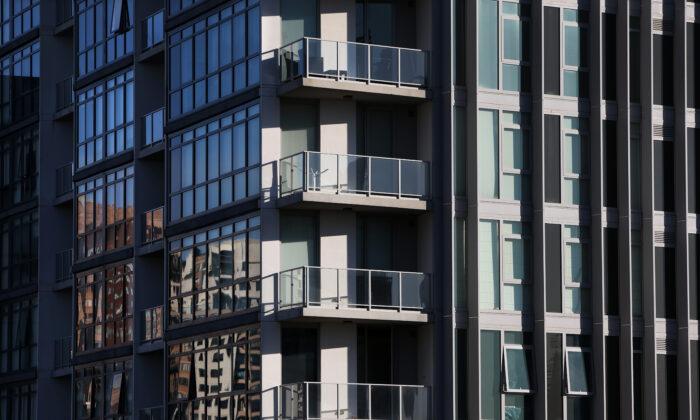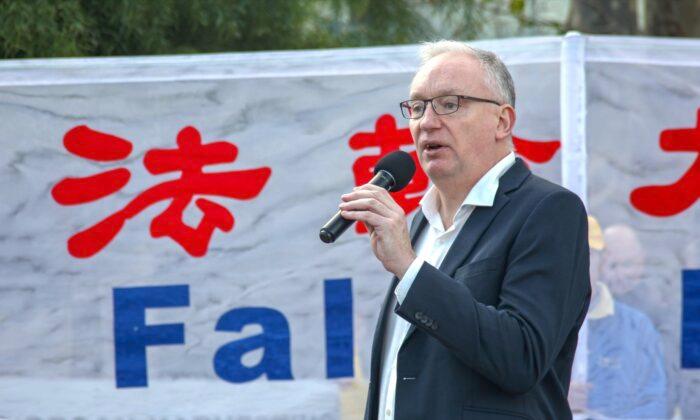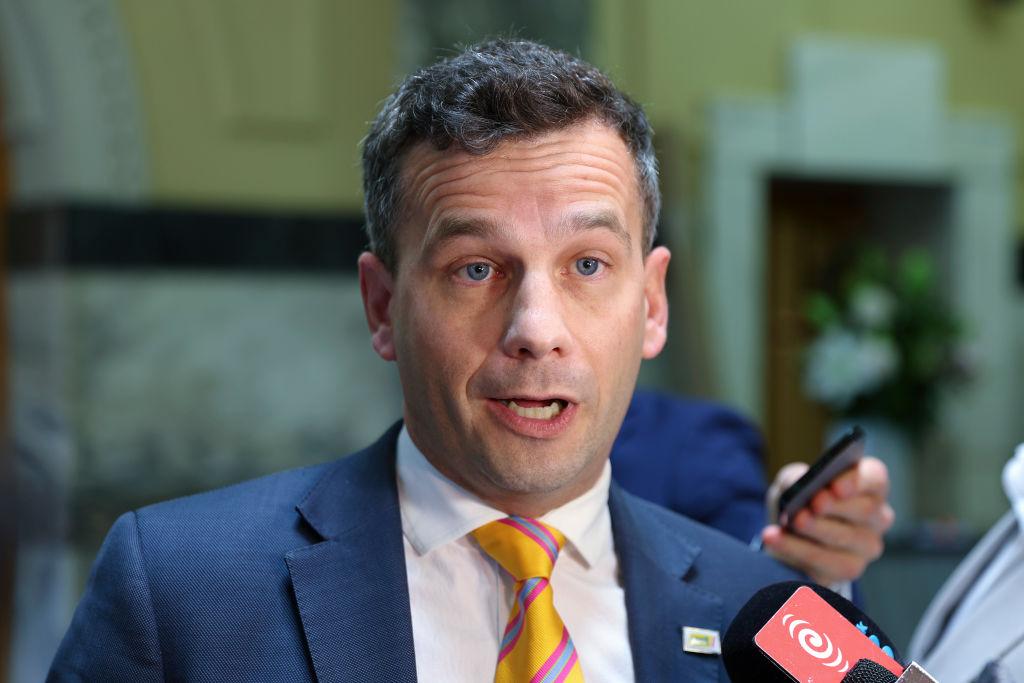Since its peak in April, units in capital cities have fallen around 2.7 percent, or around $17,500 (US$13,000). In August alone, capital city unit values fell 0.9 percent, the fastest rate of decline in 40 years.
However, CoreLogic economist Kaytlin Ezzy said that despite the current decline being the “fastest on record,” unit values were still around 7.7 percent higher than pre-COVID levels.
The unit market has also been much more resilient compared to the housing market, with the annual performance gap between the two dramatically narrowing.
However, cost of living pressure and increasing interest rates are dampening demand beyond just Sydney and Melbourne, which recorded declines of 1.5 percent and 0.6 percent, respectively.
In August, Canberra saw its second monthly decline, while Brisbane experienced its first fall in unit values since October 2020.
The number of listings continues to play an important factor, as markets with limited supply, such as Adelaide, saw positive growth.
“Above average listing levels in Sydney and Melbourne have contributed to skewing selling conditions in favour of buyers,” Ezzy said.
National Rental Crisis Continues
Meanwhile, a national rental crisis is seeing unit rents outpace capital gains in all markets except regional South Australia and regional Tasmania.National gross rental yields for units have continued to climb to just above four percent. However, Brisbane and Hobart’s yields are still below what was recorded in 2021.
In August, the average national unit rent rose 1.1 percent, and is 11.3 percent higher compared to the same month of last year.
Brisbane has experienced the largest growth in unit rents over the three months to August, rising around $21 in weekly rents.
According to SQM Research, the vacancy rate of Brisbane remains at a tight 0.7 percent.
“A recent analysis by CoreLogic, utilising household income estimates from the Australian National University, found in June, the median weekly rental value for national units made up a record high 28.6 percent of the average household wage, up from 27.6 percent the same time last year,” Ezzy said.
While surging rental prices had the effect of reducing demand, Ezzy said it might be offset by a rise in rental demand from international visitors as overseas migration gradually returns to normal levels.






Friends Read Free